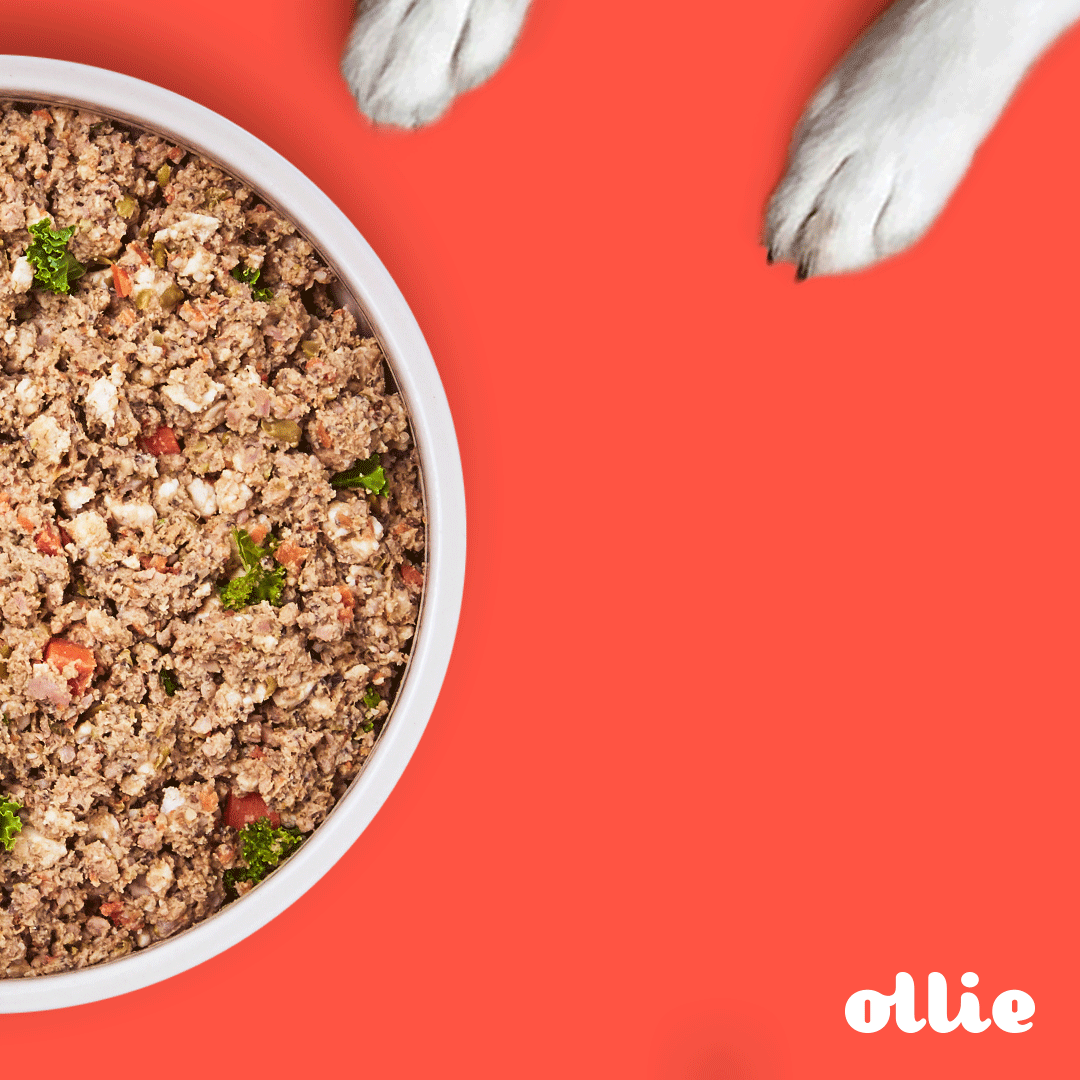Growing living plants in your aquarium has numerous advantages.
They not only make your fish’s habitat healthier, but they also enhance water conditions by removing extra nutrients and aerating the water.
Live plants bring a new degree of elegance to any aquarium design, but they aren’t necessarily easy to maintain. Brown spots on aquarium plants are a typical issue.
Brown Spots on Aquatic Plants
The most prevalent causes of brown spots are a dirty aquarium, insufficient light, inadequate nutrient supply, and not cultivating the plants correctly. Often the aquatic animals also cause brown spots on the aquarium plants.
Causes of Brown Spots in Aquarium Plants
Dirty Aquarium
You can’t hope your plants remain healthy if the water in your aquarium is dirty. In the aquarium, fish produce a variety of wastes and toxins.
Plants, on the other hand, can assist in minimizing some of this. However, if the water column contains too many salts and pollutants, your plants will not thrive.
Plants begin to fade and get brown spots when there is an overabundance of dirt in an aquarium. Plants will develop brown spots due to small amounts of chlorine in the water from the tap.
Insufficient Light
Poor lighting is yet another typical cause of brown spots on the plant leaves. Over-lighting is a common mistake made by greenhorn plant owners.
Plants wilt and brown due to this.
Aquarium owners also make the error of providing insufficient light. Plants will begin to develop brown spots if they don’t get enough light.
Insufficient light can even cause brown algae to grow on plants. Your water and your plants will become filthy as a result of the algae bloom.
If you don’t offer your plant enough light, it won’t grow in its aquatic habitat.
Inadequate Nutrient Supply
Nutrient insufficiency is one possible cause of your yellowing leaves. When your plant is deficient in certain nutrients, it may develop brown spots and collapse.
Your plant may even die in some situations.
Your water may be deficient in a variety of macro and micronutrients. To live underwater, plants require magnesium, nitrogen, potassium, and phosphorus.
Your plant won’t be able to develop properly underwater if it lacks these essential macronutrients.
A deficiency of these and other elements can cause various problems. Your plant will turn brown. However, if your plant begins to decompose, some portions may become yellow or black.
Too little phosphorus, for example, might cause plants to shrink and grow brownish spots.
Furthermore, most plants don’t require a lot of micronutrients, but if they don’t have enough, they may succumb to necrosis.
This plant rot type makes your leaves turn brown and black.
These impacts can be seen when a plant lacks iron. A shortage of carbon dioxide can also cause discolored leaves and brown spots.
Incorrect Cultivation of the Plants
If you’re new to the aquatic world, you should do your homework first. Each species of plant has its unique set of needs and growing techniques.
If you don’t do your research and grow the plant incorrectly, the leaves will get brownish spots. Hence, ensure your plant’s water quality is ideal.
You’ll want to research what environment is best for your plant, as well as what pH it requires and other relevant facts.
Also, make sure your plant’s roots are properly positioned.
If you don’t go along with the proper steps to get your plant roots, the appearance of your leaves may suffer and lead to the development of brown spots.
Aquatic Animals
Some of the animals in your aquarium may be eating your plants.
When these creatures harm the health of the foliage, brown spots start to develop, and the plant may perish if the harm is severe.
Treatment for the Brown Spots on the Aquarium Plant
Clean Aquarium
Cleaning your aquarium’s one of the most vital aspects that boosts your plant’s color and vitality. Plants require optimal water settings to thrive and develop.
However, if you place them in polluted or filthy water, they will decompose. If you don’t use a filter, you should get one for your tank.
If you have a filter, consider replacing the cartridge.
Proper Light
You’ll need to light your plant adequately. It will acquire a vibrant green color in this manner.
As a result, make sure you buy a good LED system to light up your plant.
If your plant needs a lot of light, you may need to invest in a more powerful lighting system. Look up how much light your particular plant requires and choose accordingly.
Brown spots will stop developing on your plant when you have the correct light level in your aquarium. This will help your plant’s leaves recover their original color.
Proper Nutrients
To avoid the development of brown spots, you must carefully check the level of nutrients in the water.
Add the required amount of both macro and micronutrients to the aquarium. This will boost the health and color of the plants.
Appropriate Cultivation
It’s possible that plants merely need to be connected to driftwood or other aquarium items. If you’re using a substrate, though, you’ll have to make sure you’ve rooted your plant properly.
To begin, double-check that your foundation isn’t packed tightly together. Your plant won’t sustain itself if it gets nutrition from its roots and overly packed ground.
Most plants, but not all, can take nutrients from the surrounding water. As a result, make sure your substrate is well-adjusted in your aquarium.
Frequently Asked Questions about Brown Spots on Aquarium Plants
Does light contribute to the development of brown spots?
Light plays a crucial role in the green pigment development of aquarium plants. Hence too much or too little light level can lead to brown spots development.
Which nutrient deficiency leads to brown spots?
All micro and macronutrients are important for the plant to maintain the green hue. However, a deficiency of phosphorus particularly leads to the development of brown spots on your aquarium plants.


